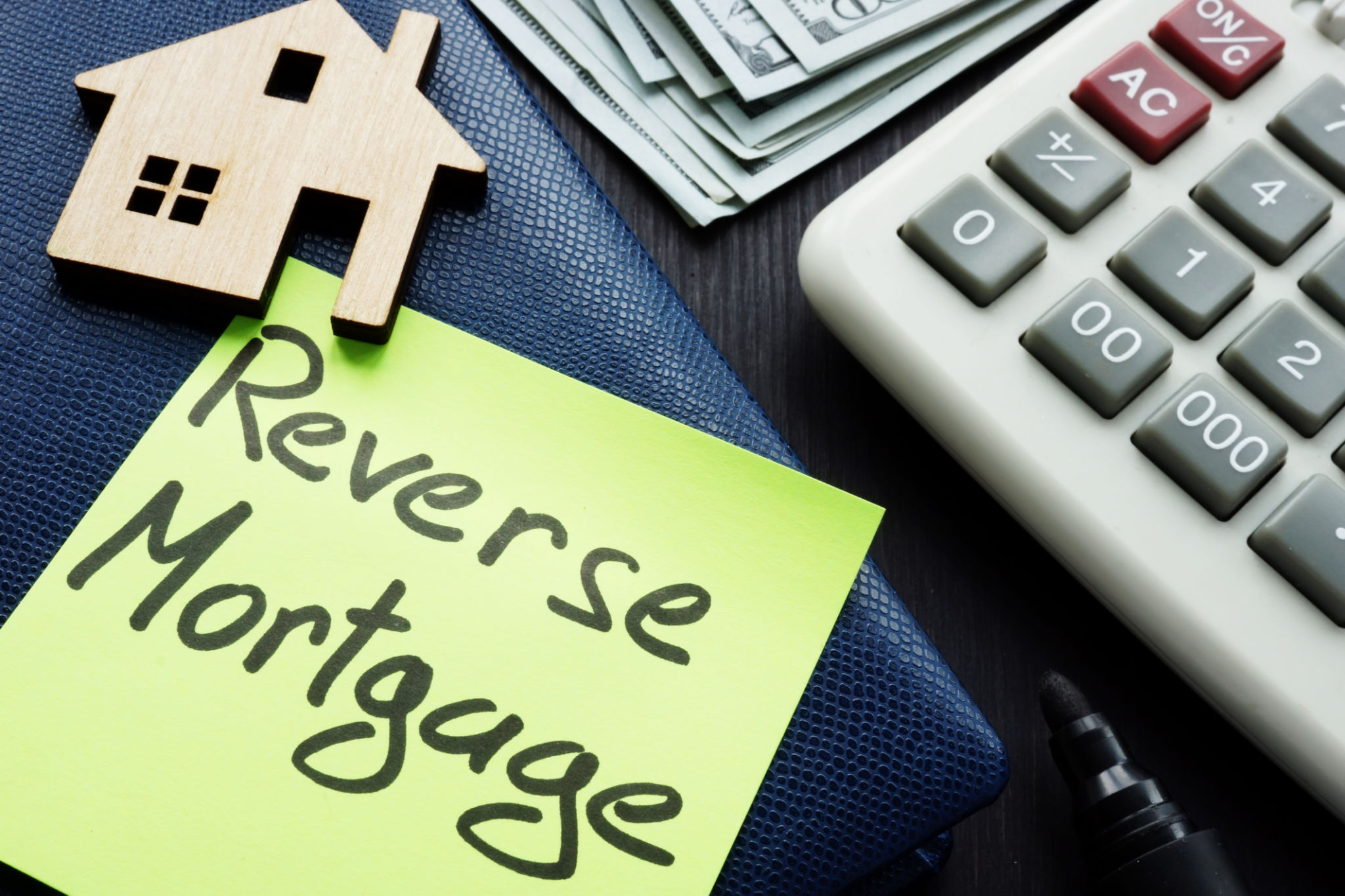Understanding Reverse Mortgages: A Comprehensive Guide for Canadian Retirees
What is a Reverse Mortgage?
A reverse mortgage is a financial product that allows Canadian retirees to access the equity in their homes without selling them. Unlike a traditional mortgage, where you make monthly payments to the lender, a reverse mortgage pays you. This can be an attractive option for retirees looking to supplement their income during retirement.
With a reverse mortgage, you can receive funds either as a lump sum, regular payments, or a combination of both. The loan is repaid when you move out of the home, sell it, or pass away. It's important to note that the amount you owe will increase over time as interest accumulates.

Eligibility Criteria for Canadian Retirees
To be eligible for a reverse mortgage in Canada, you must meet certain criteria. First, you must be at least 55 years old and own your home. The property must be your primary residence, and the amount you can borrow depends on several factors including your age, home value, and location.
The older you are, the more money you can potentially borrow through a reverse mortgage. Additionally, the home's condition and market trends can also affect the loan amount. It's crucial to consider these factors before deciding if a reverse mortgage is right for you.
Benefits of a Reverse Mortgage
One of the most significant benefits of a reverse mortgage is that it provides retirees with financial flexibility. It allows you to stay in your home while accessing the equity you've built over the years. This can be especially useful for covering unexpected expenses or enhancing your lifestyle during retirement.
Another advantage is that the funds received from a reverse mortgage are tax-free, meaning they won't affect your Old Age Security (OAS) or Guaranteed Income Supplement (GIS) benefits. This can help maintain your financial stability in retirement without impacting other income sources.

Potential Drawbacks to Consider
While reverse mortgages offer several benefits, there are also potential drawbacks to consider. One major concern is that the interest on the loan accumulates over time, which can significantly reduce the equity left in your home. This could impact the inheritance you plan to leave for your heirs.
Additionally, fees associated with setting up a reverse mortgage can be higher than those for traditional mortgages. This includes appraisal fees, legal fees, and closing costs. It's essential to weigh these costs against the benefits before proceeding with a reverse mortgage.
Alternatives to Reverse Mortgages
If you're unsure about committing to a reverse mortgage, there are alternative options to consider. Home equity lines of credit (HELOCs), downsizing, and selling your home are potential alternatives that could provide the financial relief you need without some of the drawbacks associated with reverse mortgages.
Each option comes with its own set of pros and cons, so it's advisable to consult with a financial advisor to determine which solution aligns best with your retirement goals and financial situation.

Conclusion
Understanding reverse mortgages is crucial for Canadian retirees considering this option as a means of financial support during retirement. By carefully weighing the benefits and drawbacks, and exploring alternatives, you can make an informed decision that best suits your needs.
Remember that every financial decision should take into account your personal circumstances and long-term goals. Consulting with professionals and doing thorough research will help ensure that you choose the best path for your retirement years.
